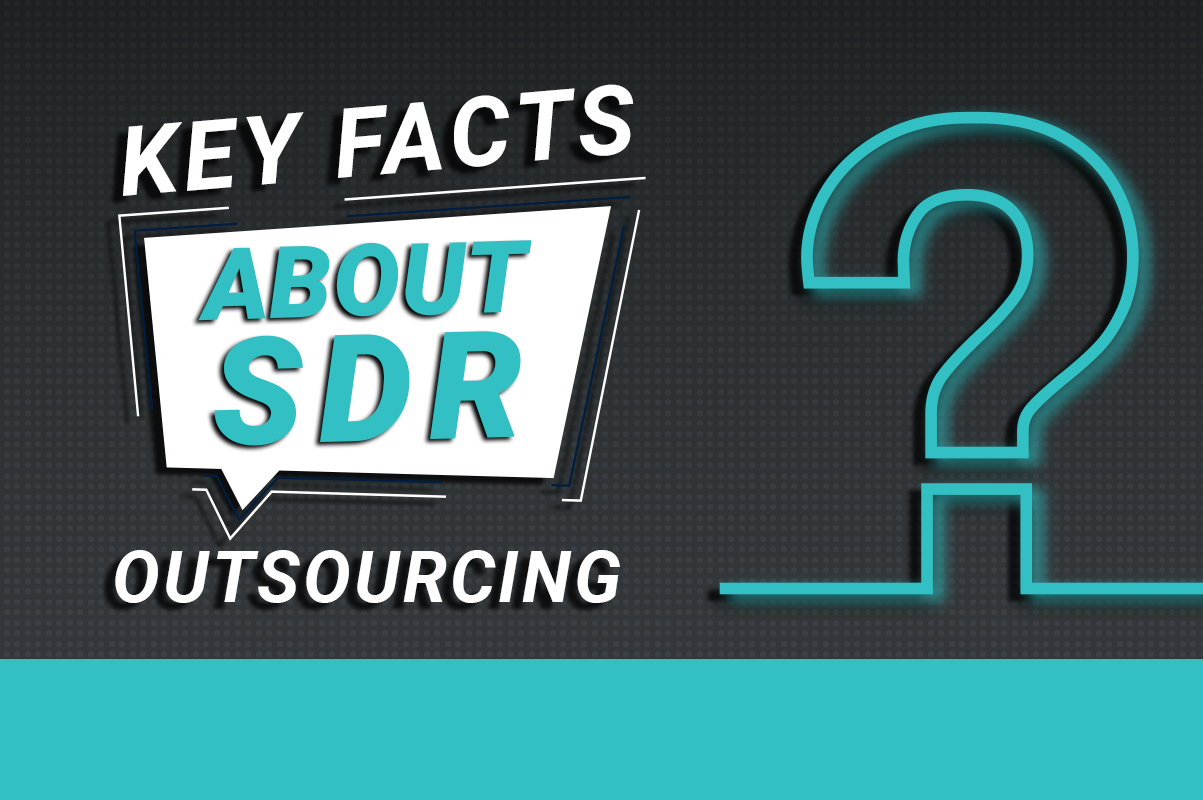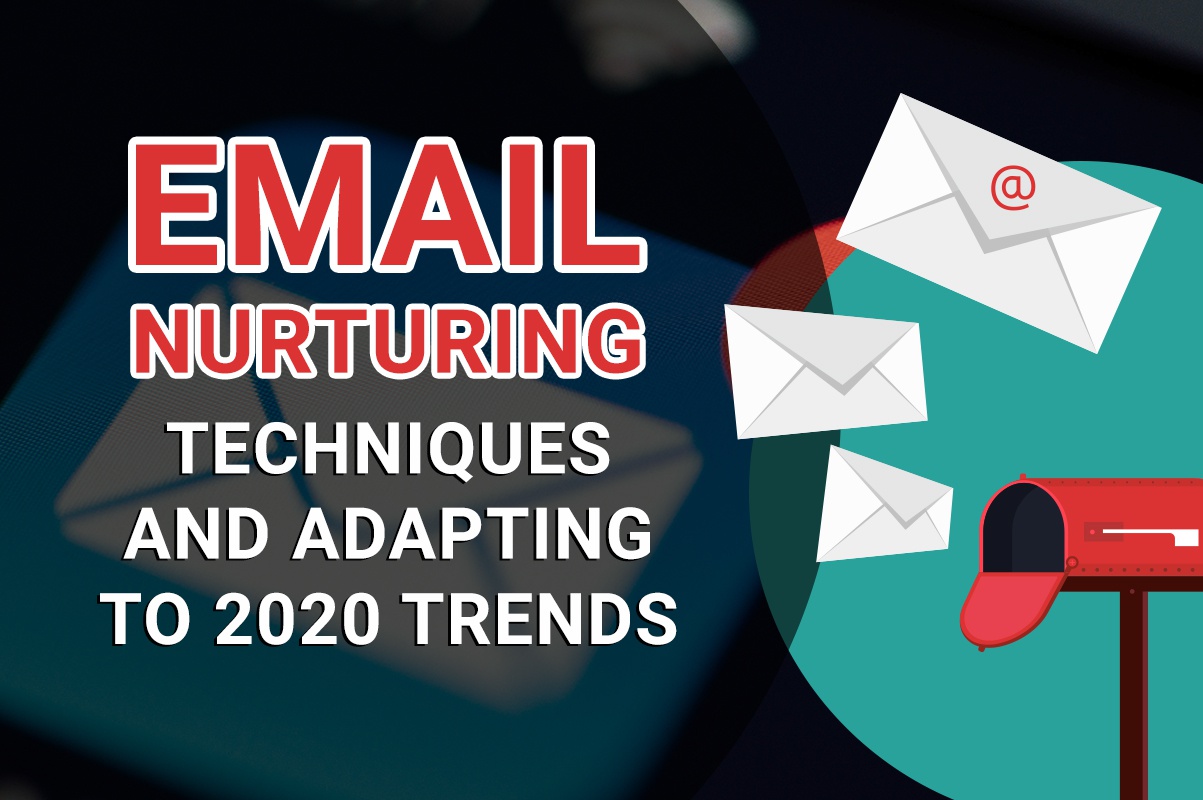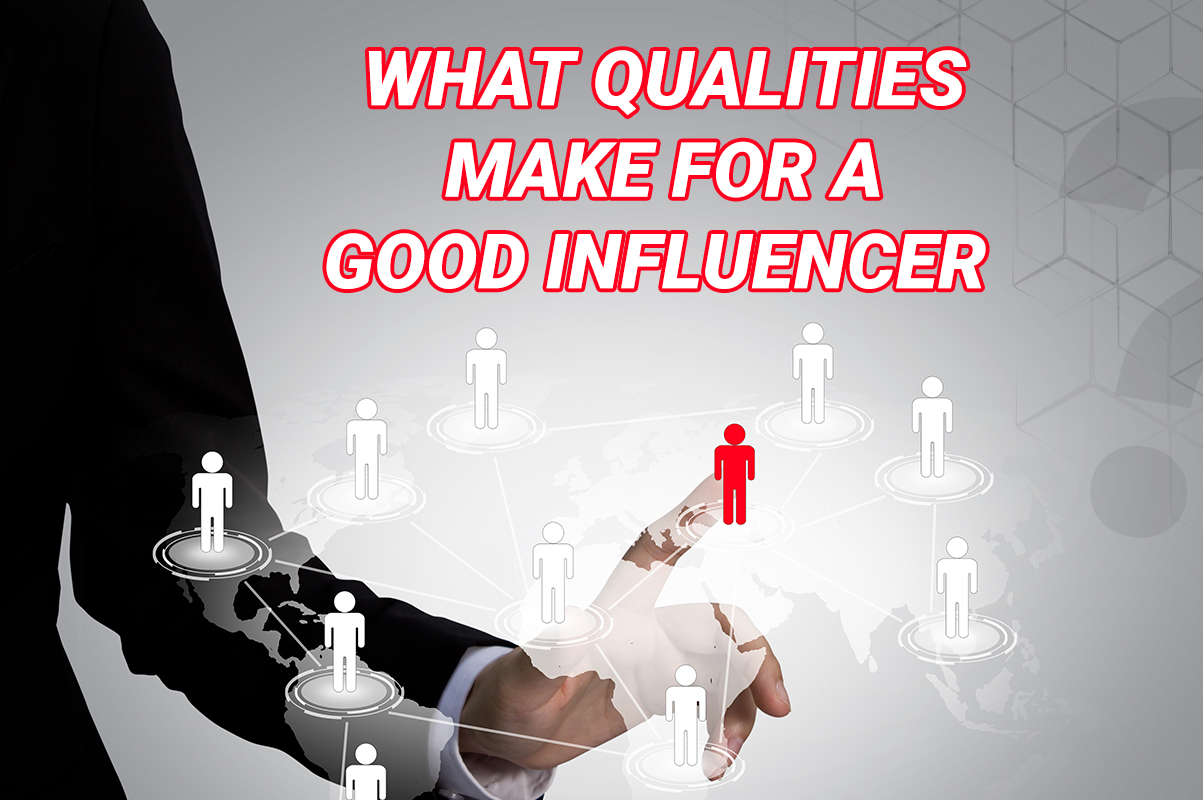Evaluating your ROI – The core of inside sales

In recent years, as buyers have become more comfortable purchasing and collaborating remotely, inside sales has become one of the most popular sales models. In many ways, the evolution of technology has made this possible and has armed companies with the powerful ability to make sales without an expansive field team.
Prospect Identification
Start by segmenting and analyzing your current customer base.
Pull out your best customers. Use criteria that points to higher revenue, shorter sales cycle, etc.
Then determine the characteristics these customers have or had in the sales process including factors such as need, buyer’s title, etc. Define a “profile” from the data you’ve collected. Once compiled, use this information to build a profile of the “ideal” prospect. With an ideal prospect profile in hand, you can then use that to create a lead qualification checklist for the top 10 criteria for what to look for in future prospects. You’ve now got data-driven metrics to score and target your potential prospects.
Competitor analysis
This is an essential tactic meant to find out what your competitors are doing and the threats they present to your company’s success. Begin your competitive analysis by digging deeper into the type of content they’re publishing. Get an idea of the quality of their content, especially as it compares to yours. This can help you determine the potential opportunities to outperform your competitors, as well as areas that need improvement. Find out the things that they are doing successfully that you aren’t.
A part of the reason why your quality leads are going to your competitors is that your competitors are consistently publishing case studies – clients want real-world examples of what it’s like to work with your company.
While conducting a competitive analysis it is also beneficial to consider the content’s SEO.
The next step of your competitive analysis should be in determining how well your competitors are integrating their content using social media. See how effectively they’re using their social media profiles. What type of cover photos and profile photos do they have? What is their posting frequency? What type of information are they posting? Then, move forward to check out engagement. Are they posting photos that showcase events? Do their posts garner clicks? How many followers do they have? Are they often liked or re-tweeted?
You now have a better idea and understanding of your competitors. Take all the information you’ve gathered and identify particular areas of your own that need improvement
Marketing strategy vs sales plan
Marketing strategy is a long-term objective that helps promote products by reaching out to customers and building brand recognition and loyalty. A sales plan helps a company gain a competitive advantage with a short-term strategy that includes how to get a particular type of customer to buy a product or service. These strategies help dictate how a company promotes and distributes their product.
A sales plan outlines your business’ goals concerning the selling of products or services. It’s typically organized around a business’ central goals and helps in reaching its financial targets. The goals included in the sales plan should be relevant, measurable, and specific to your customers needs. These goals will often forms part of the larger marketing plan for your company as well. You’ll always need to be sure to identify a target market, consider buying attitudes, and consider the ins and outs of the advertising strategies you’ll use.
Your business’ marketing strategy is a blueprint for reaching your customer base. The first step in developing the marketing strategy is to consider who your target customers are, what they’re looking for, and if you can provide it.
Pipeline stages
A sales pipeline is invaluable as it measures the seller through the sales representatives to ensure those lead clients to turn into business opportunities.
- Lead generation – attracting and engaging prospects through marketing campaigns
- Lead nurturing – using marketing automation to further qualify leads and send the best to sales for effective follow-up
- Marketing qualified lead – a lead shows certain interest in the purchase after the effective follow-up
- Sales accepted lead – sales receive leads from marketing and decide to pursue through a follow-up call.
- Sales qualified lead – sales reps further qualify the lead and assign it to a dedicated account manager. A sales qualified lead represents a quantifiable business opportunity and is ready to make a final purchase decision
- Closed deal – if everything flows smoothly, the makes a purchase decision and converts into revenue. Speeds up product delivery an assists implementation.
- Post-sale – a closed deal is not the end of a pipeline. The customer relationship extends far beyond. Both sales and marketing can increase ROI after the sale by continuing to engage and add value.
Grow your Business with Flobile
Flobile understands the market and industry trends based on our analytical approach to researching customer behavior and nurturing strategies targeted towards the business that just works. Flobile allows businesses to build meaningful relationships with their target audiences and create effective buyer journeys through omnichannel experiences.
Competitor Analysis
Marketing Strategy
Pipeline Stages
Prospect Identification
Sales Plan






